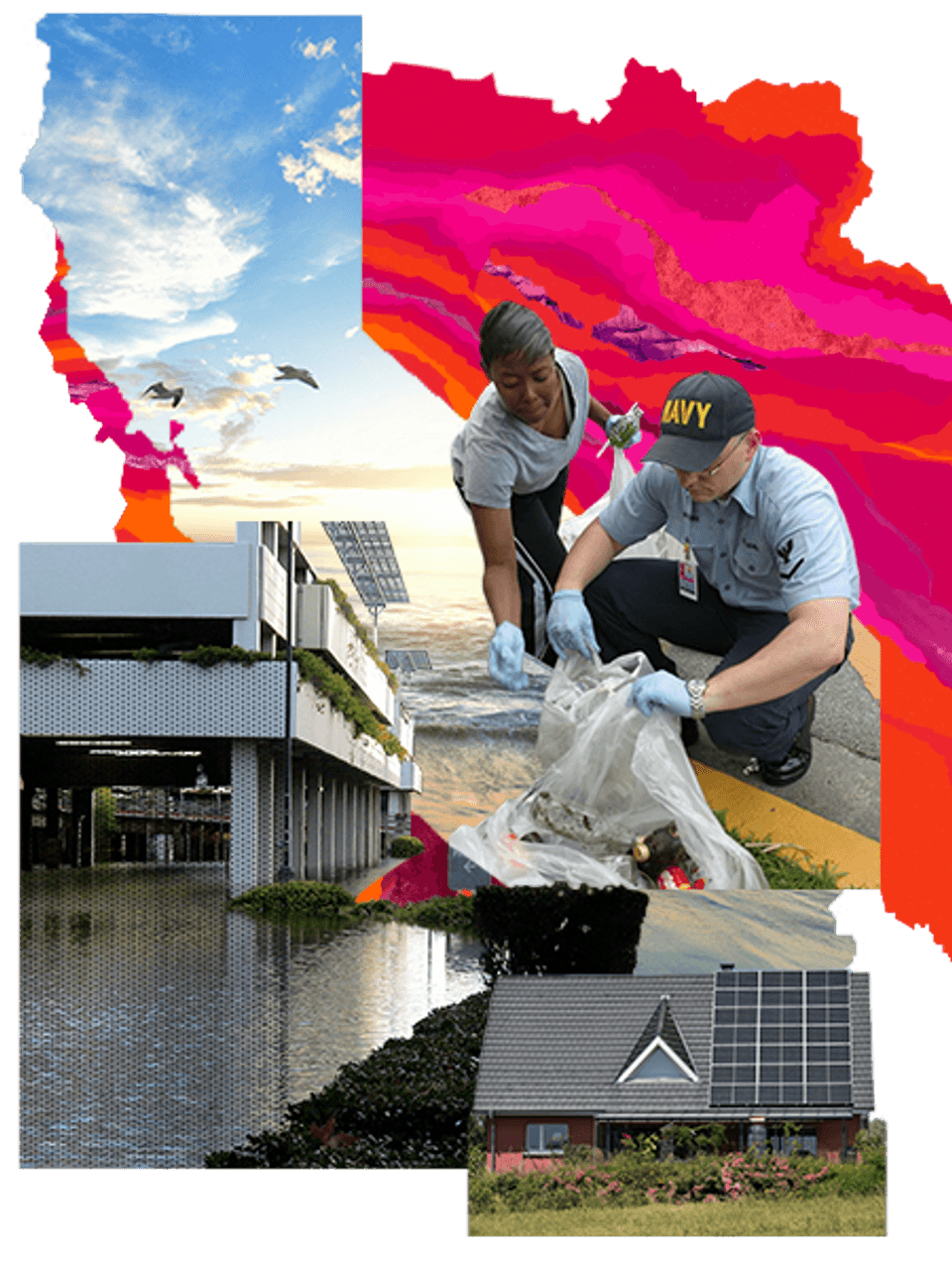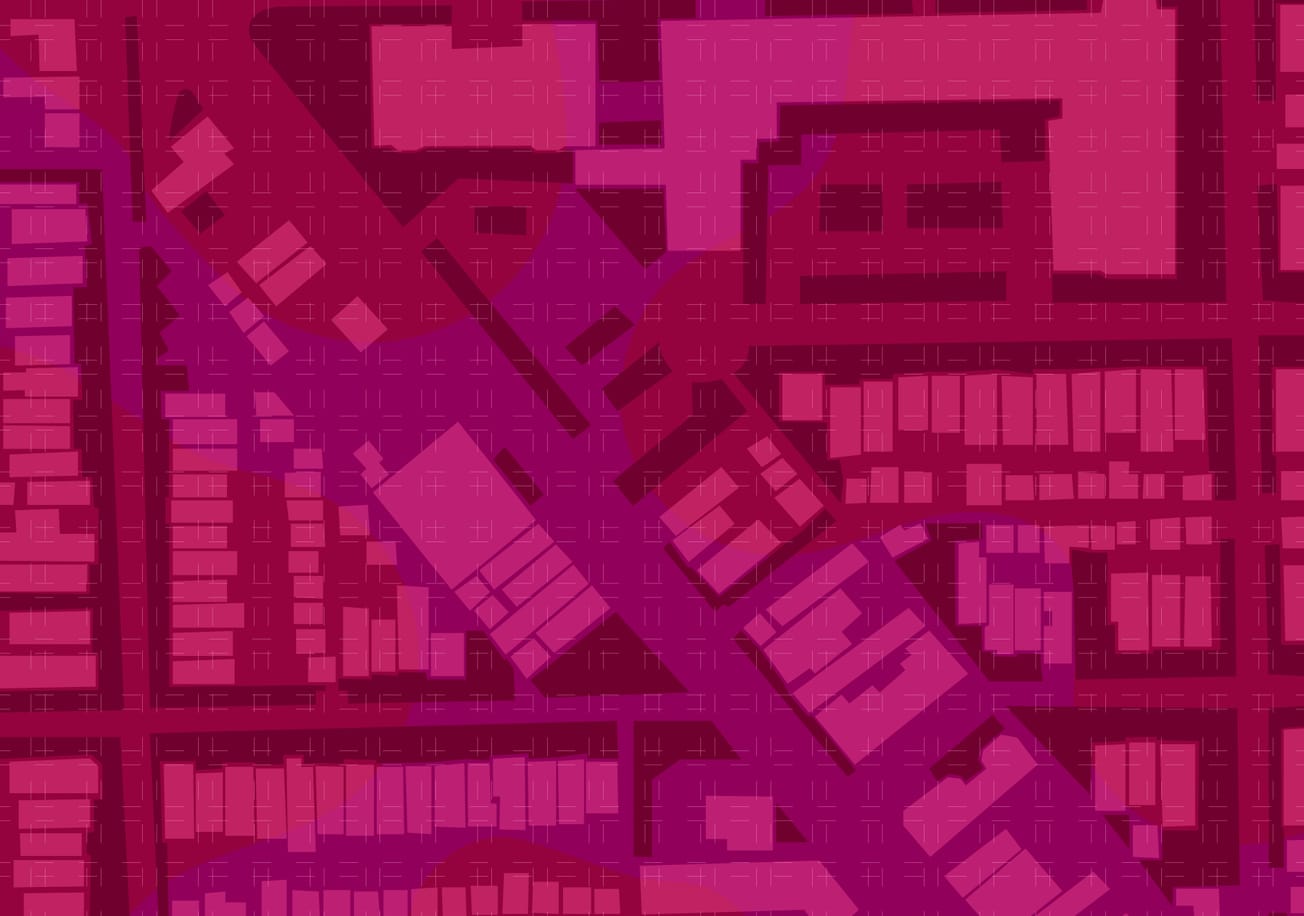Introduction
I live in “sunny” San Diego. But not this winter. When a winter storm hit San Diego, it dropped 3–5 inches of rain in some parts of the county over the span of a few hours. Cars were floating and families were atop their roofs trying to escape from drowning. Local elected officials called for a state of emergency and announcing that it was a 1000-year flooding event, a rare occurrence. While the extreme storm may have been a rare event for San Diego, the location of where the floods hit the hardest is not. Consistently, when disasters strike, they take the biggest toll on underserved, low-income, and minoritized communities. These incidences do not occur by happenstance but rather are a result of fast-moving disasters, such as heavy storms, colliding in time and space with slow-moving disasters — poverty, low educational attainment, government disinvestment in infrastructure maintenance and repair and more.
Extreme weather events around the globe will occur more often and cause more harm to property and life in the coming years. Credit unions can no longer ignore these threats as they are posing physical and financial risks to the industry. In a comprehensive Filene report on “The Changing Climate for Credit Unions,” Hofheimer reveals that 60% of U.S. credit unions are physically located in vulnerable and risky locations. Furthermore, 6–7% of federally chartered credit unions have $140 billion in assets in high-risk industries, such as petroleum refining, that are evolving due to climate change. Hofheimer’s report discusses how credit unions can take stock of their own products, practices, and investments to mitigate climate risks and scale their impact by joining forces as an industry to develop a shared vision, values, and practices to accelerate change. Read Hofheimer’s report for a deep dive into understanding how your credit union can measure and mitigate the impacts of climate change.

In this report, we highlight how credit unions are addressing two types of disasters in the communities they serve. Some credit unions are working to mitigate the impacts of fast-moving disasters, such as storms and wildfires, by working together with first responders to provide emergency relief during disasters and by creating relief funds for longer-term support. Other credits unions are seeking to address slow-moving disasters, such as climate change, by addressing their own carbon footprints by reducing greenhouse gas emissions at their headquarters, redesigning branches and moving to electric vehicles in their fleets. Other credit unions offer renewable energy or energy efficiency loans that are helping members improve their household energy efficiency and lower their energy burden.
These innovative solutions that credit unions are bringing to their communities can be thought of disaster measures along a timeline relative to when the disaster unfolds. Pre-disaster measures can be preparatory, to help communities ready themselves for an inevitable event such as a tornado, or mitigatory, to help communities reduce the likelihood that a disaster, such as climate change, happens. Measures designed to help during an event, such as while a hurricane is hitting, provide access to immediate information, support, and safety to affected communities. Measures designed to help after a disaster both provide ongoing support for community members, helping to get employees back to work, members back in their homes, and kids back to school, so that communities can recover faster and better.
Read on to find out how four credit unions are addressing slow- and fast-moving disasters, from preparation through to helping their communities rebuild. Each story highlights specific strategies for responding to community needs and organizational best practices for building programs centered around community resilience.
Credit Union Takeaways
As a trusted part of the community, credit unions can make a big difference in helping to build resiliency for their members. The case studies highlighted here give examples of how credit unions are currently responding to the unique needs of their communities through education, new low-cost products and services, and fundraising, among other things. Whether it’s helping to prepare for a slow-moving disaster, or dealing with the aftermath of a fast-moving disaster, here are some concrete steps that credit unions can take to determine where and how they can be a part of the resilience effort:
- Lean into the unique needs of your members and your area: Are slow- or fast-moving disasters more on the minds of your members? How are weather patterns affecting your community and local businesses? As a financial institution, what can you provide in terms of low-cost products, education, networking, or even safe, physical space when a disaster is expected to, or has already, hit your area?
- Consider how your capabilities can build resilience by addressing the full lifecycle of disasters: Start by addressing one aspect of a disaster, such as the immediate response after the disaster happens. Once you’ve solidified how you support your members through that experience, consider where and how you can help them prepare for the next time that disaster hits and what you can do in advance to improve your ability to support them afterwards.
- Consider local partnerships to extend your reach and expertise: Building resilience requires that you operate in an evolving space that goes beyond the products and services traditionally offered by a financial institution. Rather than trying to do everything alone, look to local partners with aligned missions who can complement your credit union’s capabilities with additional outreach, education, and products and services.
- Provide education on new products, services, and concepts: Members need to feel confident and comfortable in order to invest in new products and services that will help them prepare for the future. Given the novelty of these programs, members may need additional education to understand why they should make these investments and why your credit union specifically is the right organization to make this investment with.
- Keep your own employees’ resilience at the forefront of your plans: For your employees to support building community resilience, they need to be taken care of as well. Consider how you will ensure that they have what they need before, during, and after a disaster so that they can show up for your members during a time of crisis.
This work could not be done without the support of our member credit unions.




FILENE’S CENTER FOR COMMUNITY SOCIAL IMPACT IS GENEROUSLY SPONSORED BY:
























